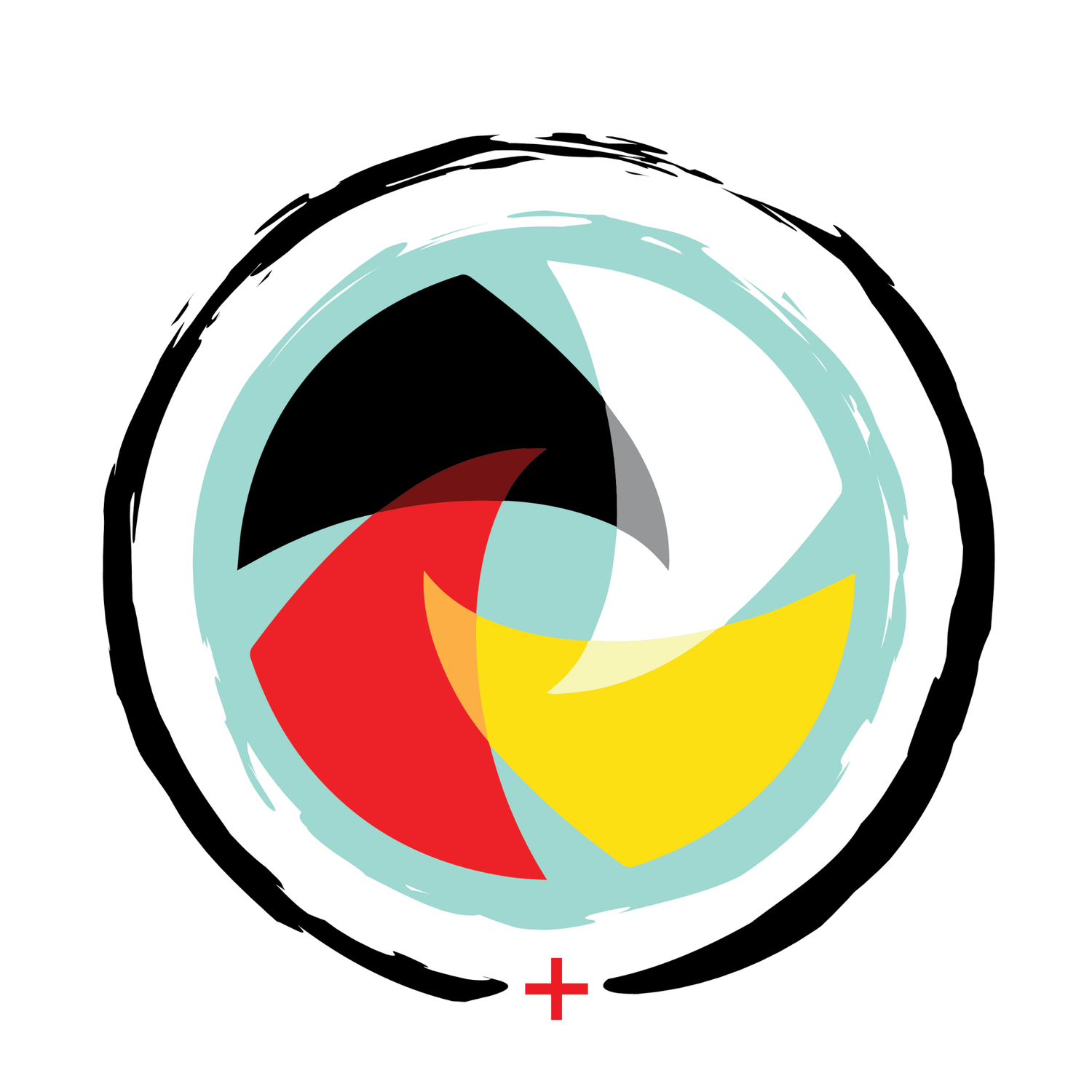ENGLISH NAME: Common Stinging Nettle / Urtica Dioica
SISSETON DAKOTA NAME: Hosbe [hosh-BAY]
OTHER DAKOTA NAMES FOR UTICA DIOICA: Chanicahpehu and pazipa are two other names for nettle used by Dakota communities.
DAKOTA NAME FOR STRING OR CORDAGE: Wikan [WEE-KAHN]… derived from the root words for ‘sun’ and ‘braid’.
DAKOTA WORD FOR WEAVING: Opazan (to weave something)
Not so very long ago, before the industrial age, if we humans needed thread, string, or rope, we produced it ourselves relying on our knowledge of local plants to create clothing, ornament, weaving, shelter, and tools. In the Dakota homelands Sisseton people relied on hosbe (hosh-BAY), or stinging nettle, for this plant relative’s strong fibers to make WIKAN [wee-KAHN] (cordage), rope, bow strings, and fishing nets for everyday use. Dakota women also spun the nettle fiber with bison down and wove the resulting yarn into beautifully patterned and brightly dyed bags for ceremonial and practical use. Nettles are gathered in the winter after the elements have decomposed the pith and neutralized the nettle’s sting, leaving an easy-to-harvest fibrous plant exoskeleton. Please join us for a day of reconnecting physically and spiritually with our plant relative HOSBE (hosh-PAY), the stinging nettle. All participants will learn how to locate and ID winter-dormant stinging nettle, how to harvest nettle sustainably, how to process nettle and extract fibers, how to twine fibers into cordage, and how to apply what you learned to exploring other traditional local plant fibers. This workshop is indoors/ outdoors; dress appropriately. Fern is a 2022-2023 Native Artist in Residence at the Minnesota Historical Society, where she has been researching the role of nettles in Dakota material culture.

